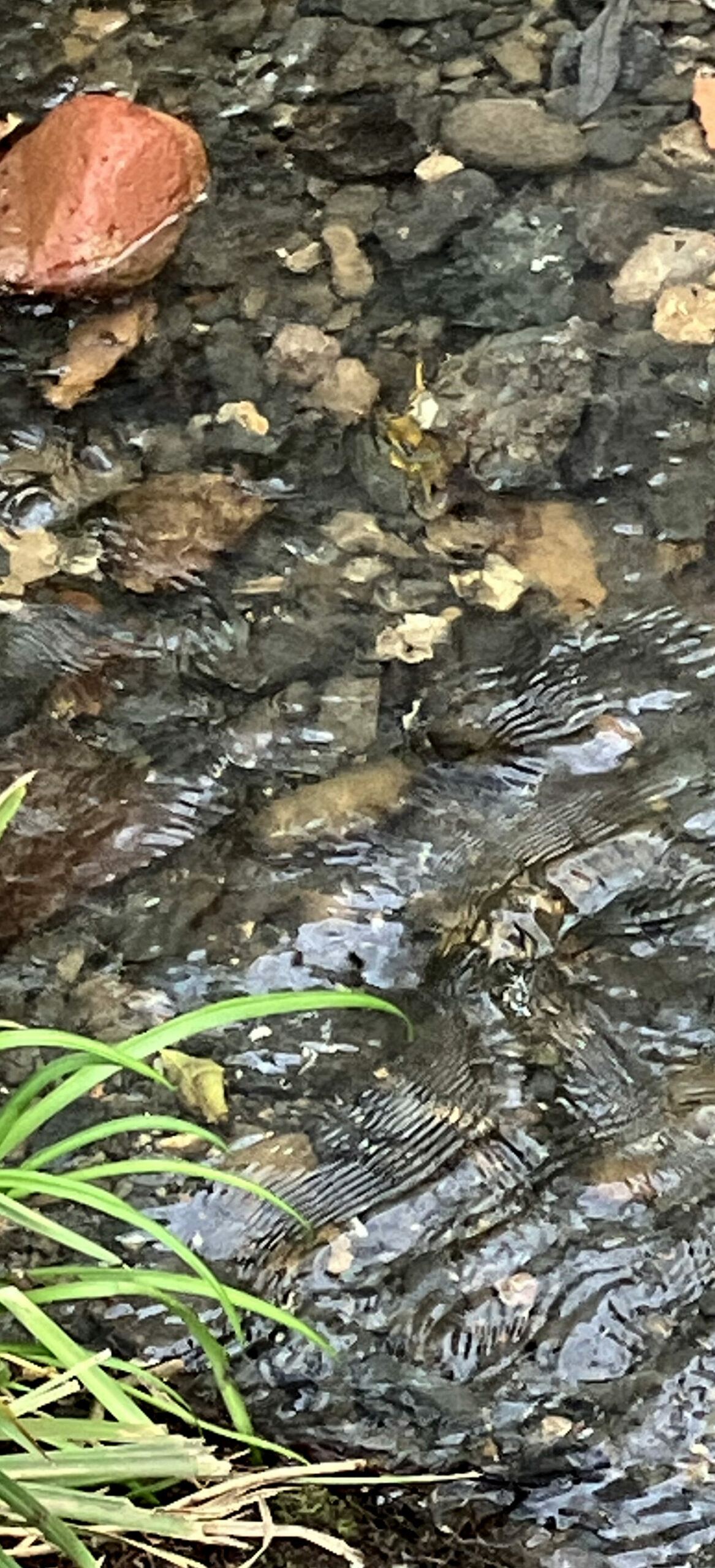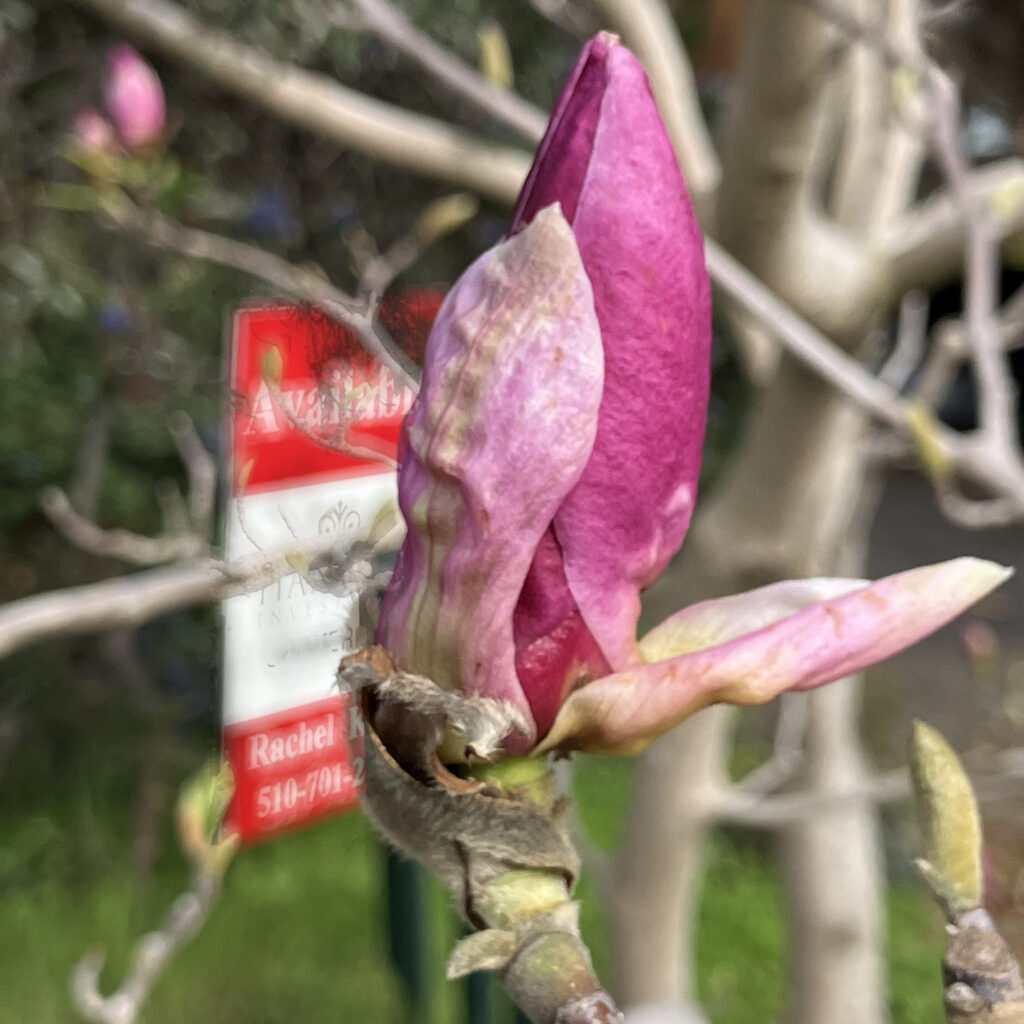I am longing for the kind of blogging we did at the turn of the century (heh), intense but casual, both contemplative and spontaneous, free from algorithmic pressures. I’ll be a slave on facebook if it’s the price for playing with my friends, but this is something different, something more fully mine.
This week I learned a little about the 1975 New Topographics exhibit, featuring images by the likes of Robert Adams and Lewis Baltz, whose work challenged Ansel Adams’ approach to nature: gobsmacking images of monumental beauty, seeming undefiled by human presence. Ansel Adams’ mountains stretch like arms to embrace shimmering rivers and towering pines. Robert Adams (no relation to Ansel) gave us a mountain that turn its backs on an encampment of mobile homes, a mountain that hunches under the weight of its own disregarded magnificence, that looks like it’s about to shuffle off out of the frame.

The subtitle of the New Topographics exhibition was “photographs of a man-altered landscape.” That made me reflect on how much of my life I spend at the intersection of natural growth and human endeavor. When I happened to be standing in a bank parking lot located next to a lovingly preserved local stream, and I suddenly realized that this environment provided an almost infinite supply of visual stimulus for that reflection.

